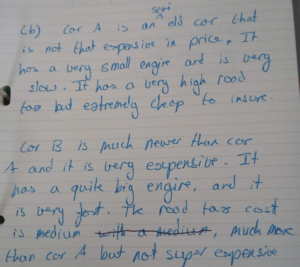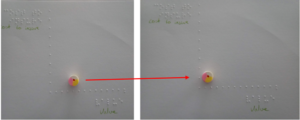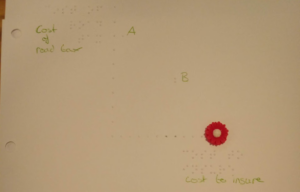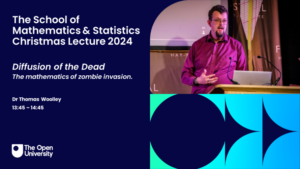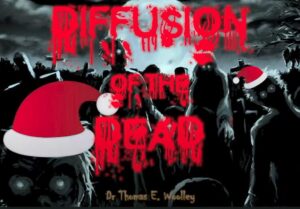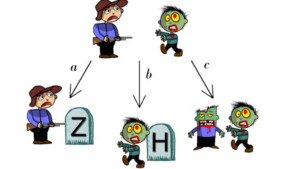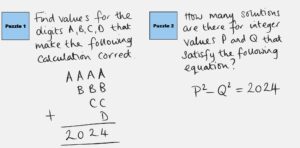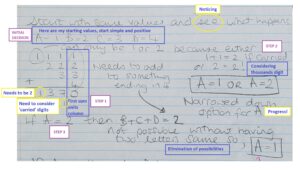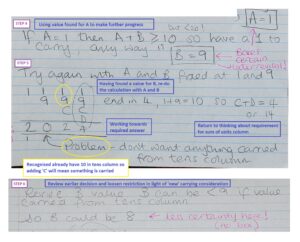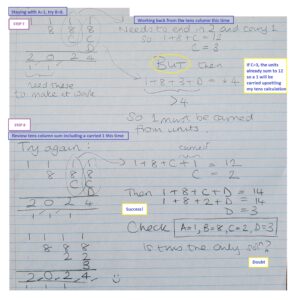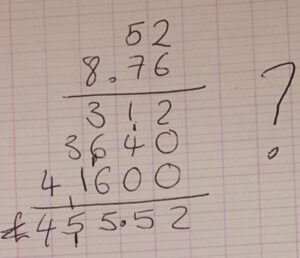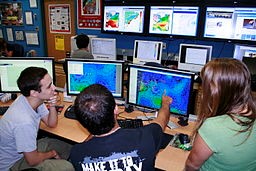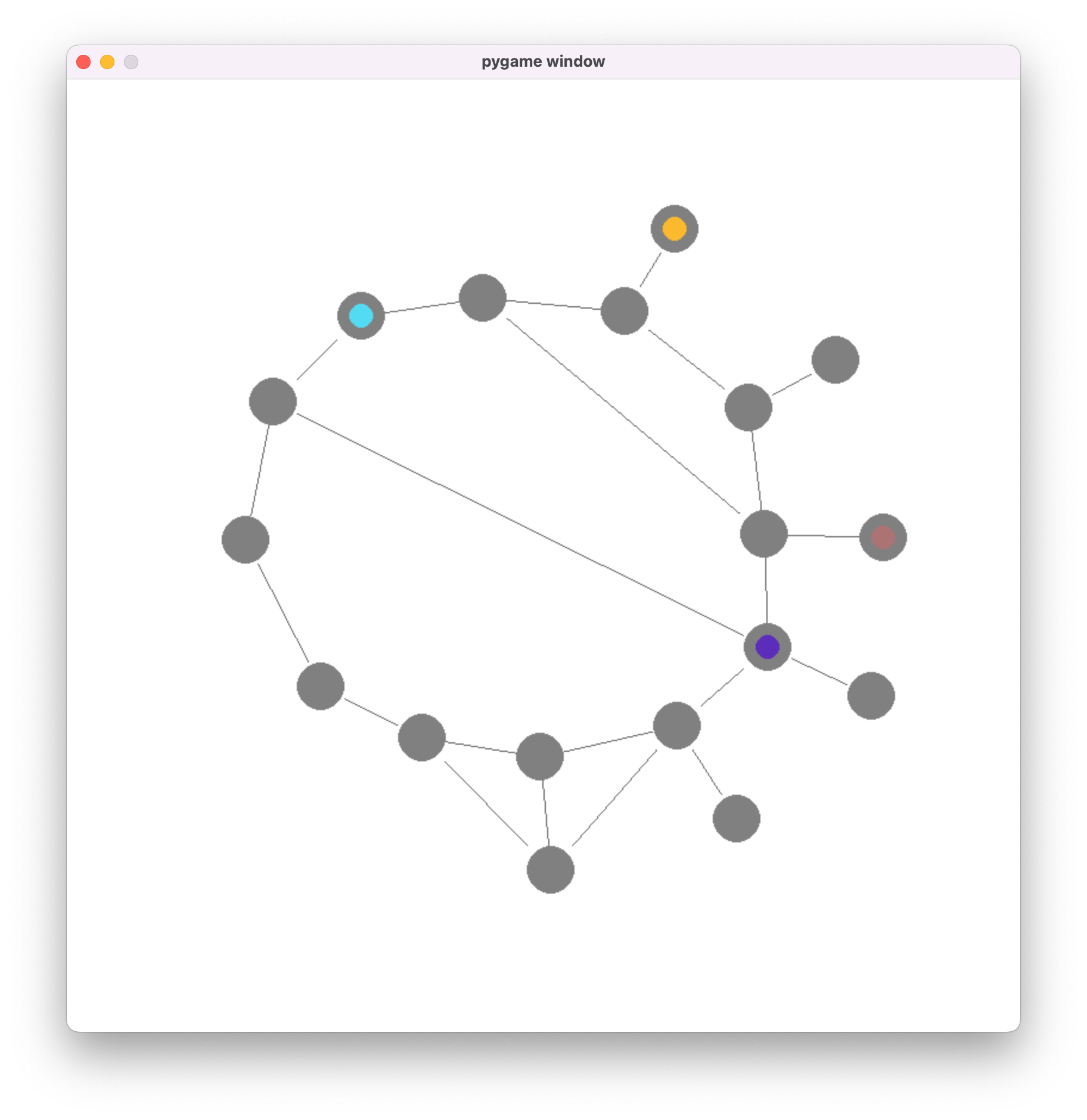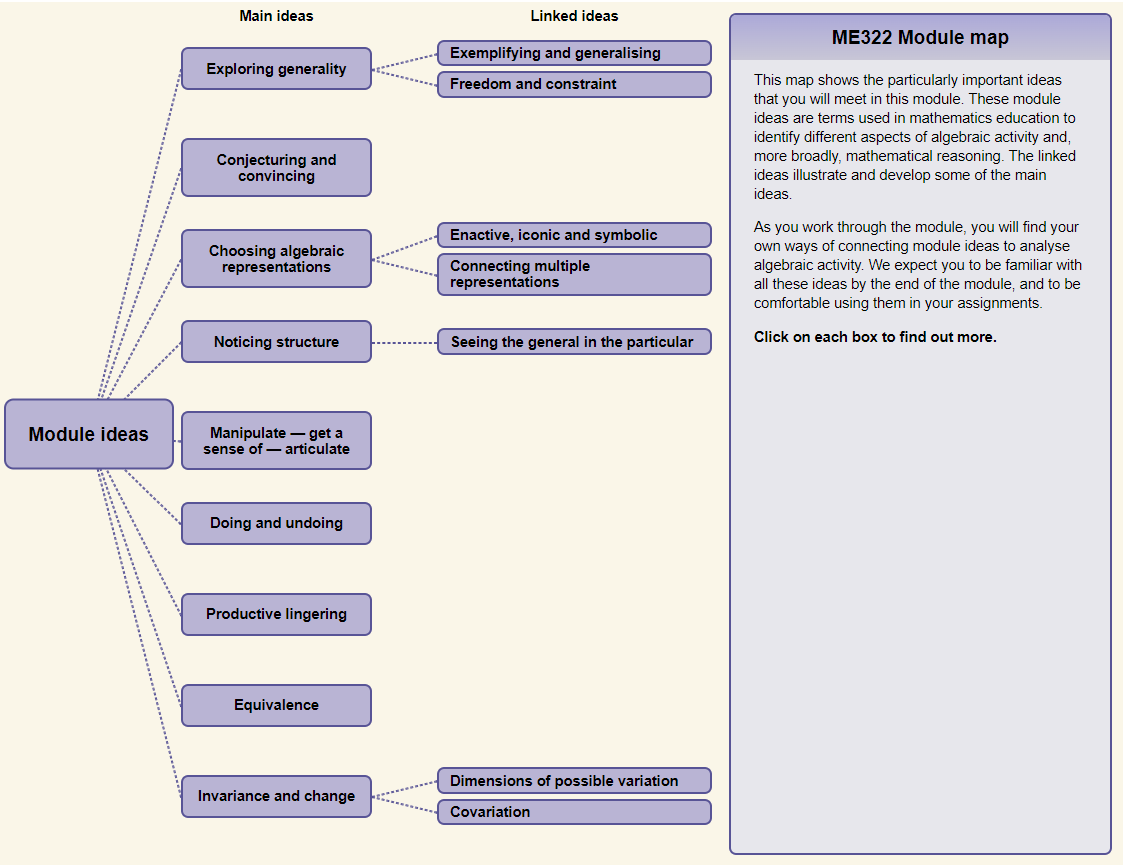This post is written by Gerry Golding, an OU staff tutor in Northern Ireland, who led the mathematics education team in creating a free flexible resource for improving adult numeracy and confidence with maths.
For many adults, young and old in NI, mathematics can be perceived as a barrier to career entry and/or progression. Everyday mathematics is often a hidden source of anxiety, left un-addressed for fear of ridicule. Even competent people avoid being put on spot when it comes to say splitting the bill after a dinner with friends in a restaurant.
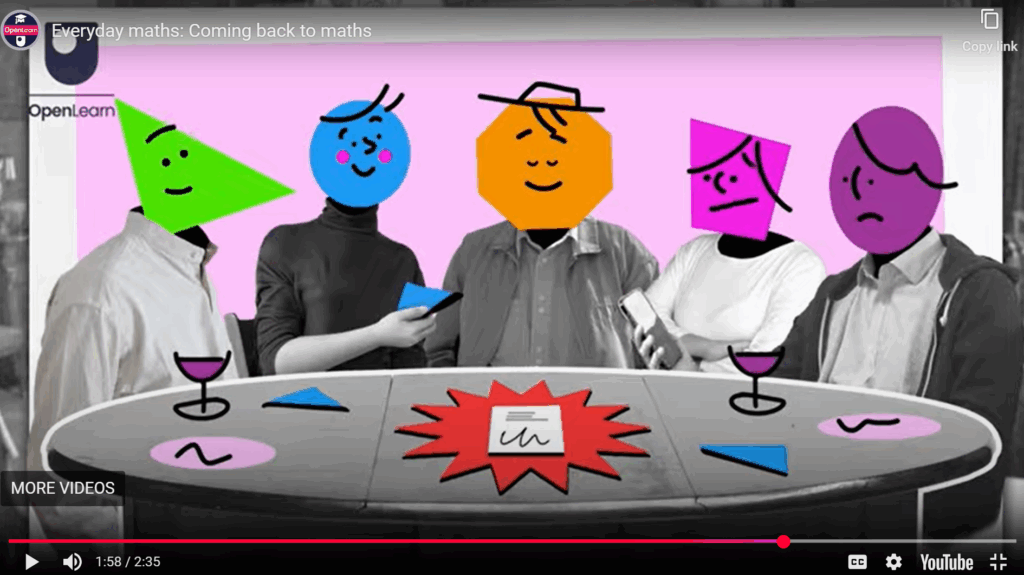
Restaurant bill from the Coming Back to Maths video: who are you?
Working in a maths support centre at the University of Limerick before I moved to the OU, a common theme I experienced when talking to students about their first visit was the number of times they had gotten as far as the door, but couldn’t walk through it because of anxiety or some past unresolved issue with maths. For some, it took the support of a friend coming with them to walk them through the door of the centre.
The goal of the” Everyday Maths NI Multiply Project” is to be an enabler, to give people like this the confidence to walk through the “maths learning” door, to start, or restart, their maths journey and quietly build some resilience at their own pace.
Where did it start?
One of the flagship initiatives of the UK Shared Prosperity Fund (UKSPF) launched on the 13 April 2022 was the Multiply project. Funding was made available to support local authorities and devolved administrations in delivering tailored programmes to help adults improve their functional maths skills through free, flexible learning options such as personal tutoring, digital training, and community-based courses. Each region received a portion of the funding based on its UKSPF investment plan.
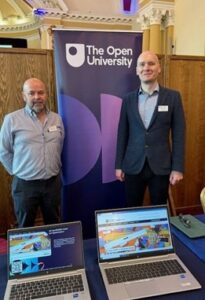
Gerry (left) launching Everyday Mathematics at Belfast City Hall
In Northern Ireland, the Multiply project aimed to improve adult numeracy skills by offering free courses tailored to fit around people’s lives and delivered through further education colleges, universities, local councils, and community organisations. Funded from 2024-5, the programme targeted over 3,000 adults across the region, addressing a significant skills gap as highlighted by the 2022 Employer Skills Survey, which found that a lack of basic numeracy contributed to a quarter of the skills-shortage vacancies in Northern Ireland.
Multiply in Northern Ireland included innovative pilots, such as numeracy training for non-native English speakers, with early results showing high success rates. The OU in NI collaborated with our Mathematics Education group in the OU School of Mathematics & Statistics to design a successful bid under the “Engaging Mature Learners – Making it Count” theme, creating materials that are available whenever they are wanted, for as long as they are needed.
The OU contribution
Updating existing content and education technology specialists, we created interactive “Everyday Maths Northern Ireland” courses and learning materials on OpenLearn, the Open University’s free learning platform. The content in the two 48-hour badged courses maps the Essential Skills Numeracy curriculum in Northern Ireland. Each course is developed across four themes
- Working with Numbers
- Units of measure
- Shape and Space
- Handling data

The home page of Everyday maths 1
The design is simple – Everyday Maths 1 is linked to Level 1 Essential Skills and Everyday maths 2 is linked to Level 2 Essential skills. And it is popular – Everyday Maths 1 has had 98,000 visits in the ten months since it started in October 2024. We have tried to match our methods to follow how adults were taught mathematics in school and show how children are taught now. This means parents can help their children with homework and feel confident that both methods work.
The courses are supported by additional learning materials.
We designed four bite-sized interactive everyday maths activities that teach a topic and check your understanding in less than 15 minutes.
- Understanding Risk,
- Statistics in the News
- Ratios and proportions.
- Keeping things in proportion – using our visual skills to navigate a data and image-rich world
For a taster, we drew on our mathematics education research and the experiences of OU students to create three short inspirational videos:
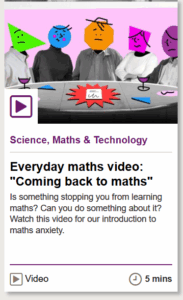
How it looks on Open Learn
- Coming back to Maths: recognising anxiety and building resilience
-
From zero to hero: it’s never too late, a student’s story
-
Doing Maths with AI apps: why learn maths when AI can do everything? The myth that maths is just about calculations.
In the next post we will tell you who we designed these materials for and what is happening next.

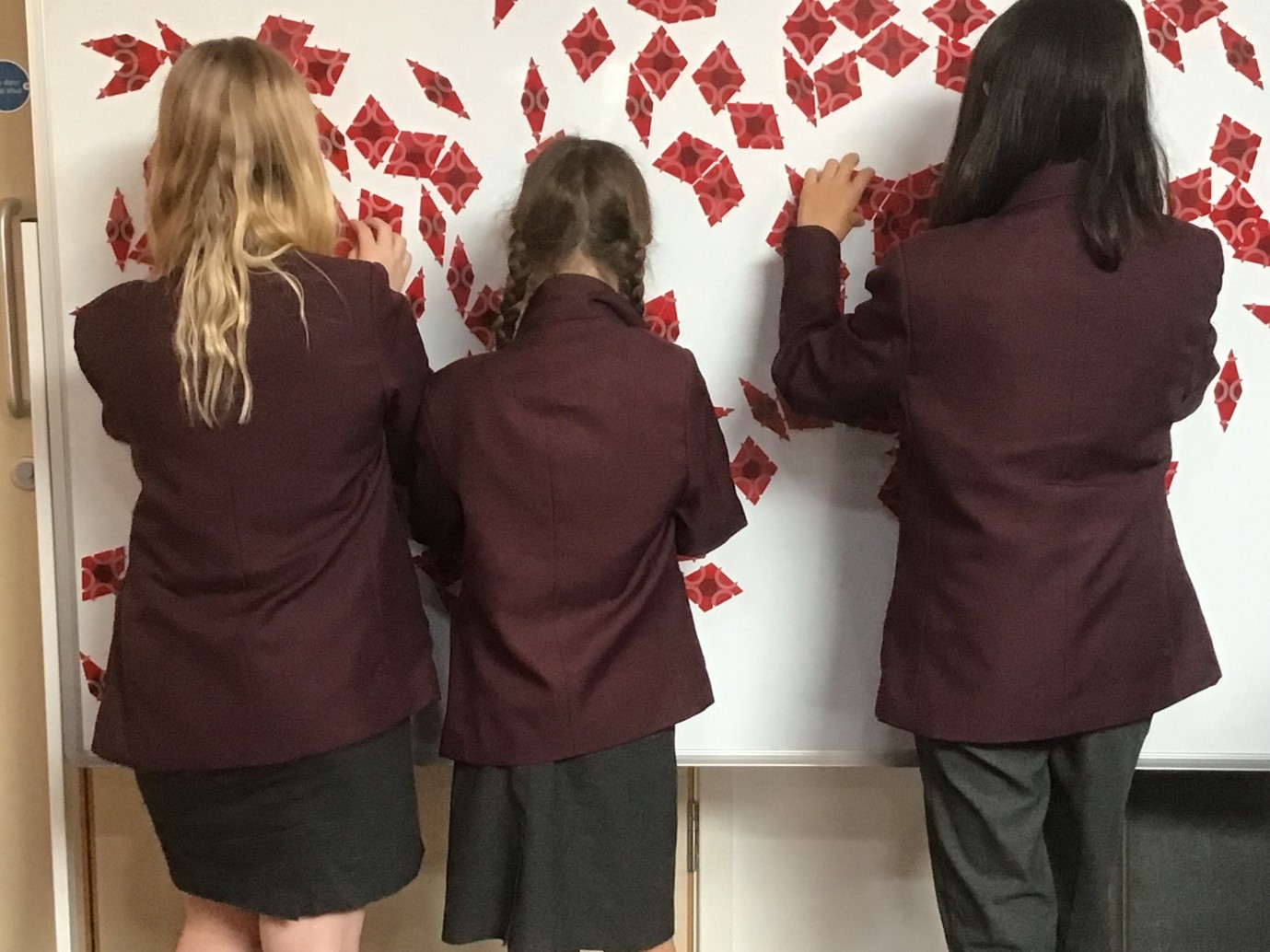
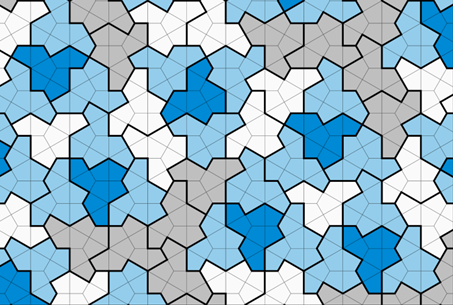
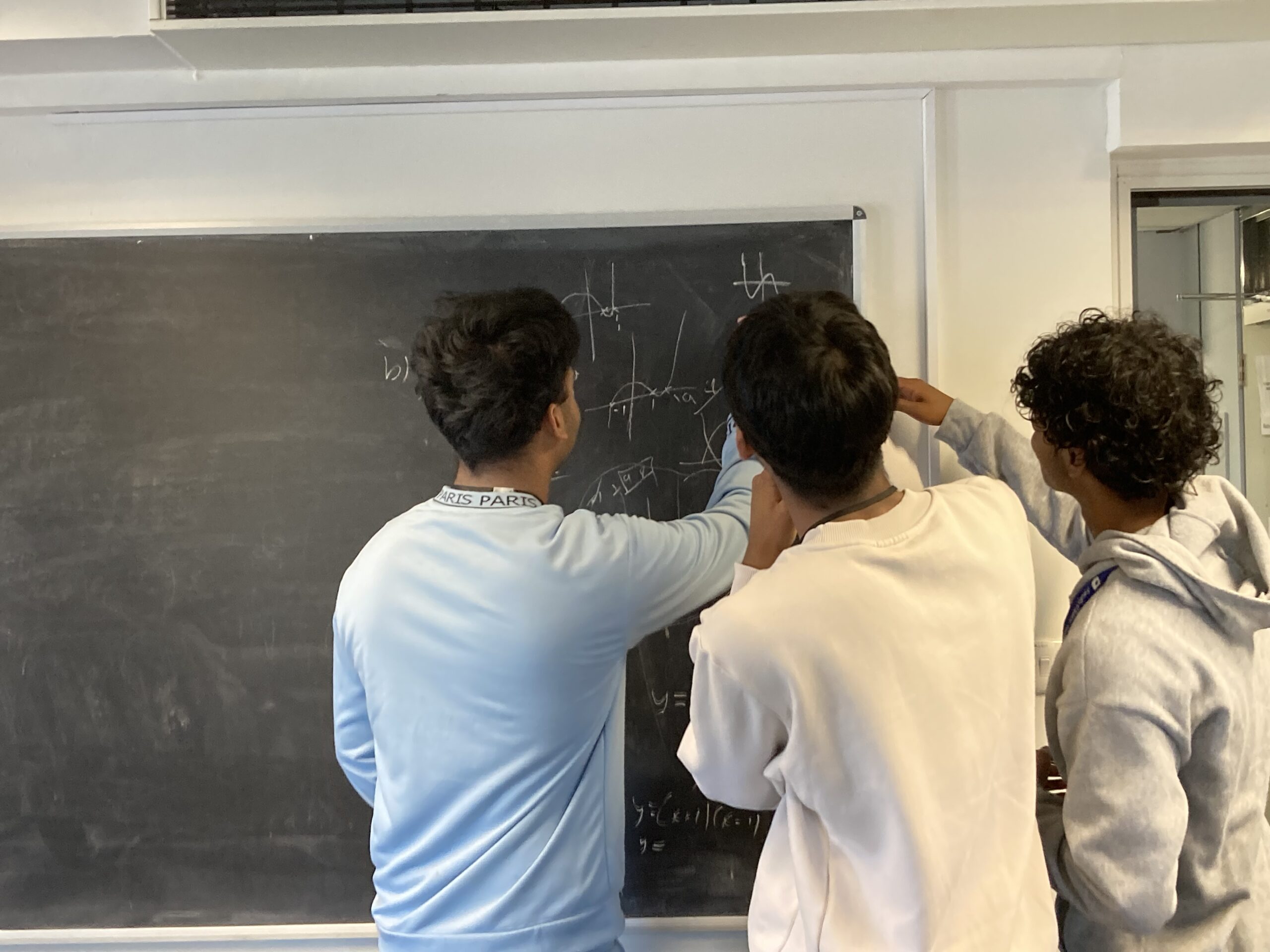


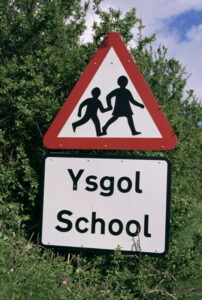

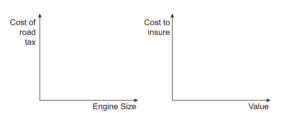
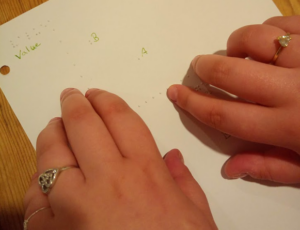 I mentioned that she need not give exact values, only its relation to the other car, for example, ‘Car A is older than B.’ She used this language when reasoning her responses to the statements. For statement (a)(i), she answered ‘False, car B is more expensive because it is younger.’ I re-phrased the question to, ‘Ignoring age, which car is more expensive?’ (I will elaborate why later, but I wanted her to practise using the y-axis.) She finished the remaining statements without much difficulty and gave good descriptions of the cars that I recorded.
I mentioned that she need not give exact values, only its relation to the other car, for example, ‘Car A is older than B.’ She used this language when reasoning her responses to the statements. For statement (a)(i), she answered ‘False, car B is more expensive because it is younger.’ I re-phrased the question to, ‘Ignoring age, which car is more expensive?’ (I will elaborate why later, but I wanted her to practise using the y-axis.) She finished the remaining statements without much difficulty and gave good descriptions of the cars that I recorded.